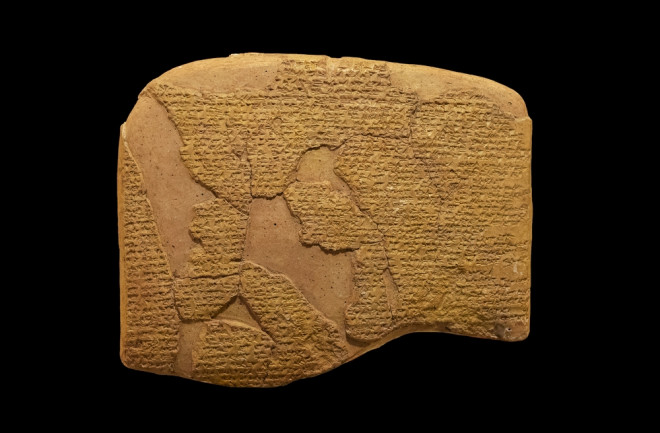The Hittites wrote, and they wrote a lot. In their home turf of Anatolia around 4,000 to 3,000 years ago, Hittite writers recorded state dealings and decrees, myths, rites, and religious rituals. They wrote down the details of their diplomacy, their combat, and their commerce, and they described Hittite celebrations, all on the surface of scratched clay tablets, written in a script called cuneiform.
Of course, the thousands of tablets that still survive today are some of the most important records of Hittite culture and civilization. Yet, they are also records of the cultures and civilizations that surrounded the Hittites, including their neighbors, allies, and adversaries.
This year, researchers announced that they'd discovered a reference to a new Indo-European language on a tablet from Hattusa, a UNESCO World Heritage Site and the former capital of the Hittite civilization. The tablet is over 3,000 years old and testifies to the Hittites' interest in foreign traditions and languages.
So, who were the Hittites, exactly, and what does the tablet say about their history?

